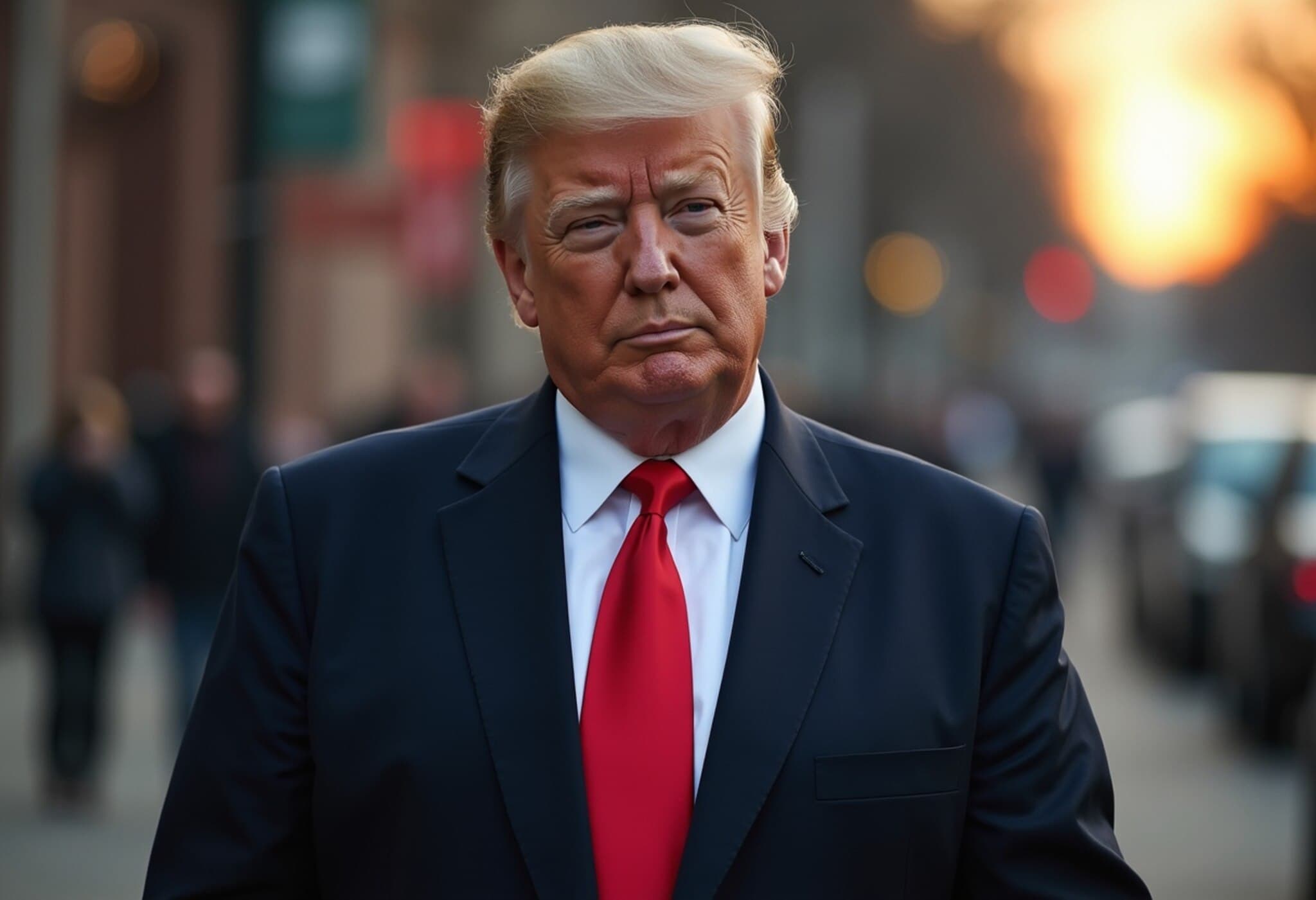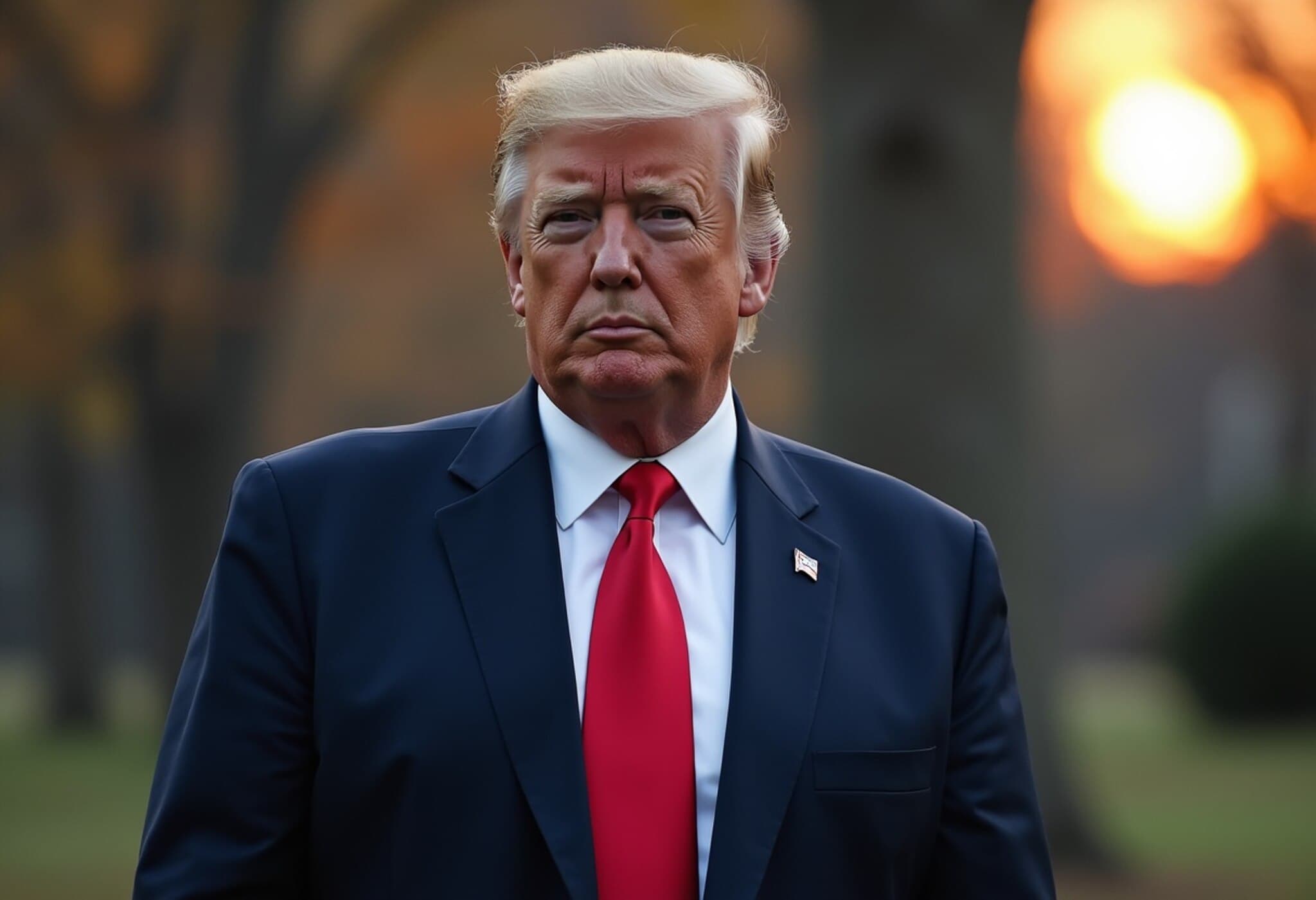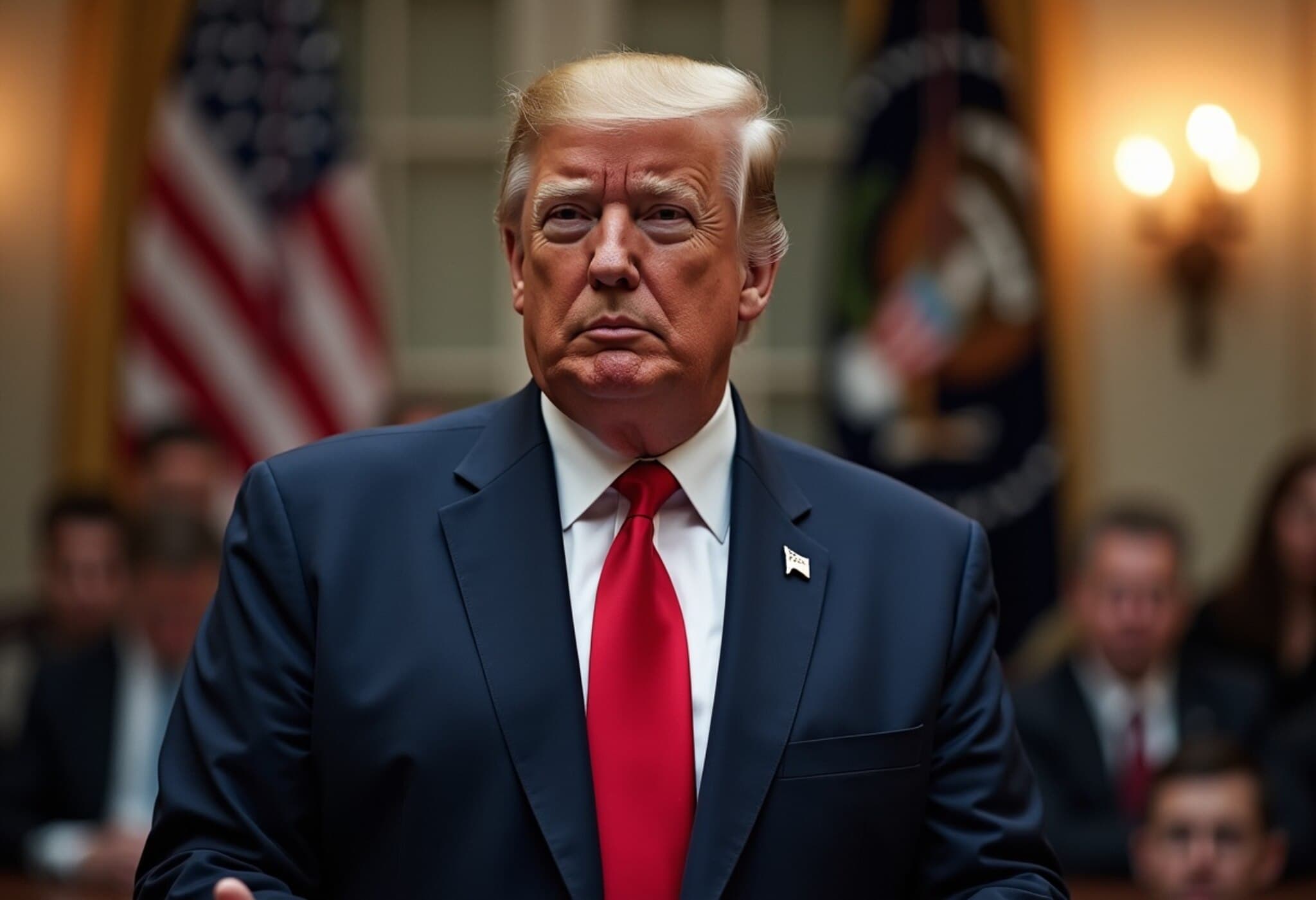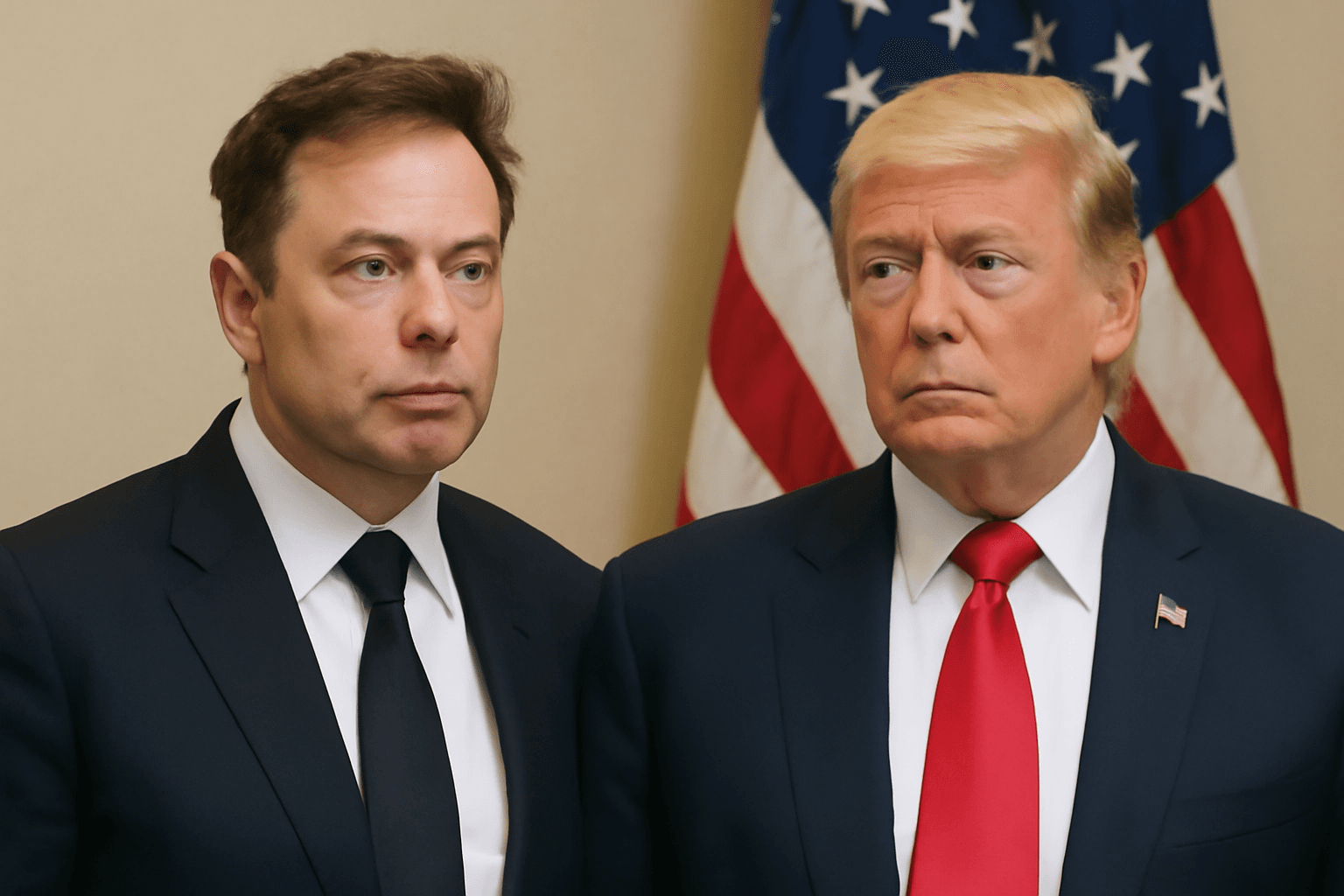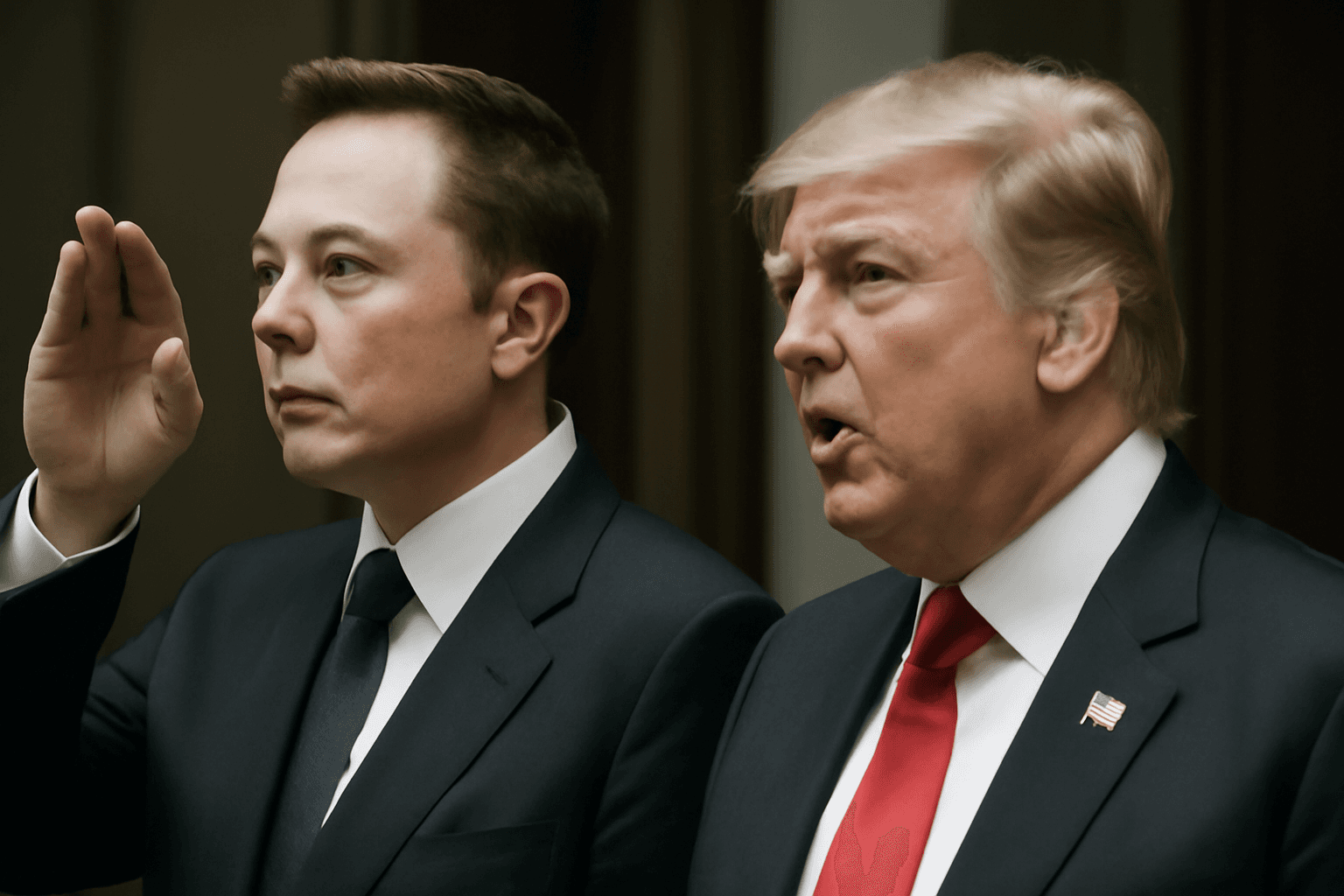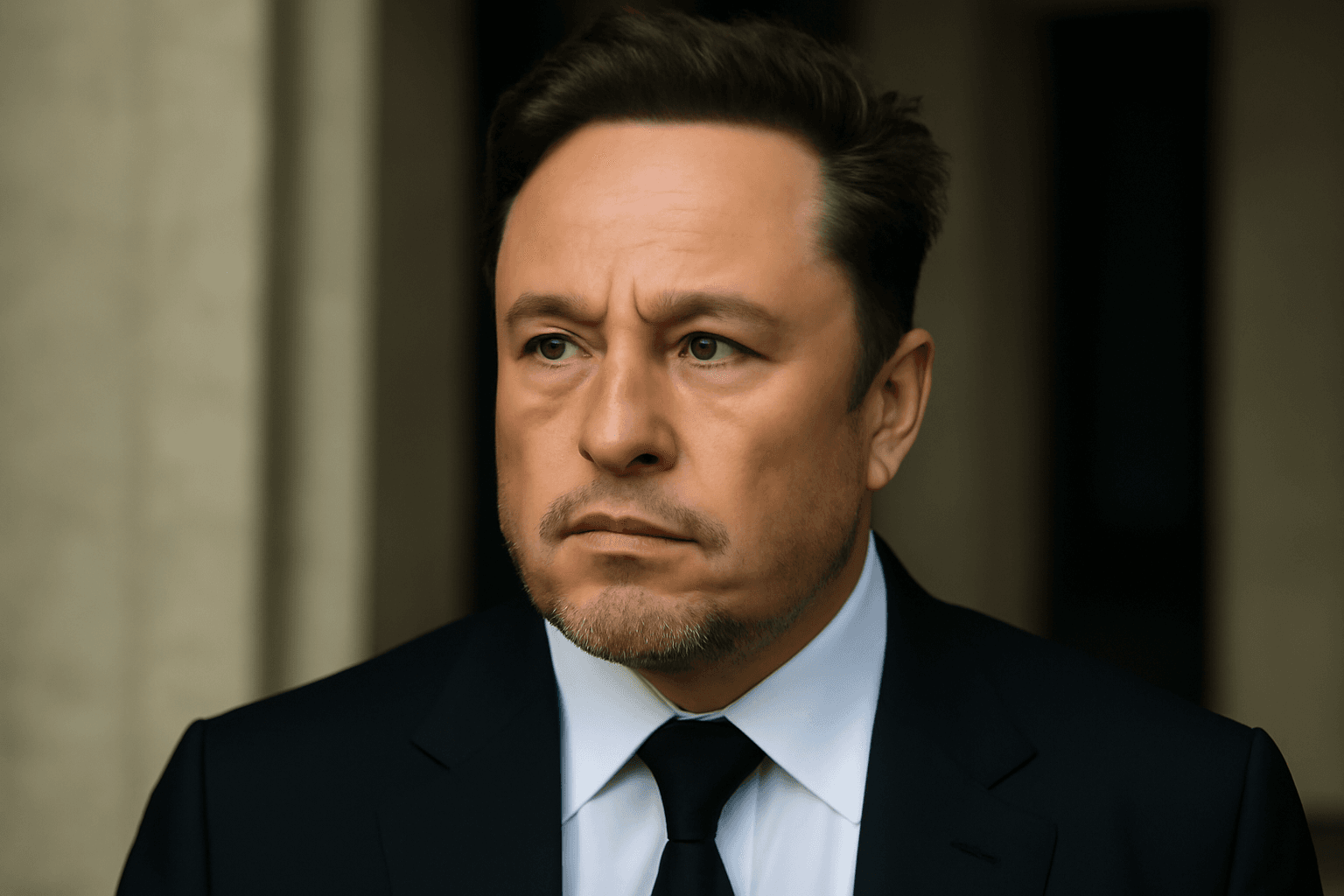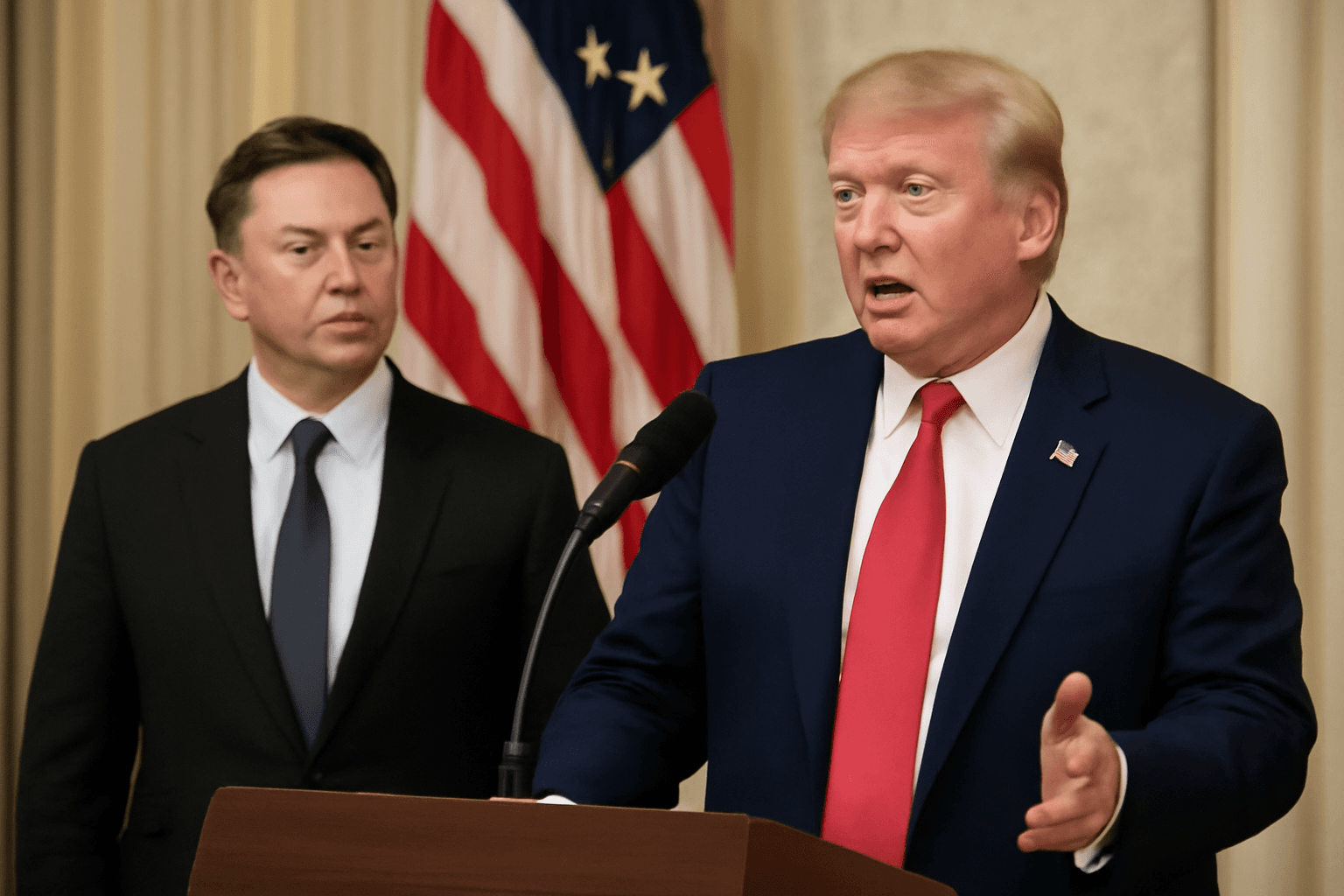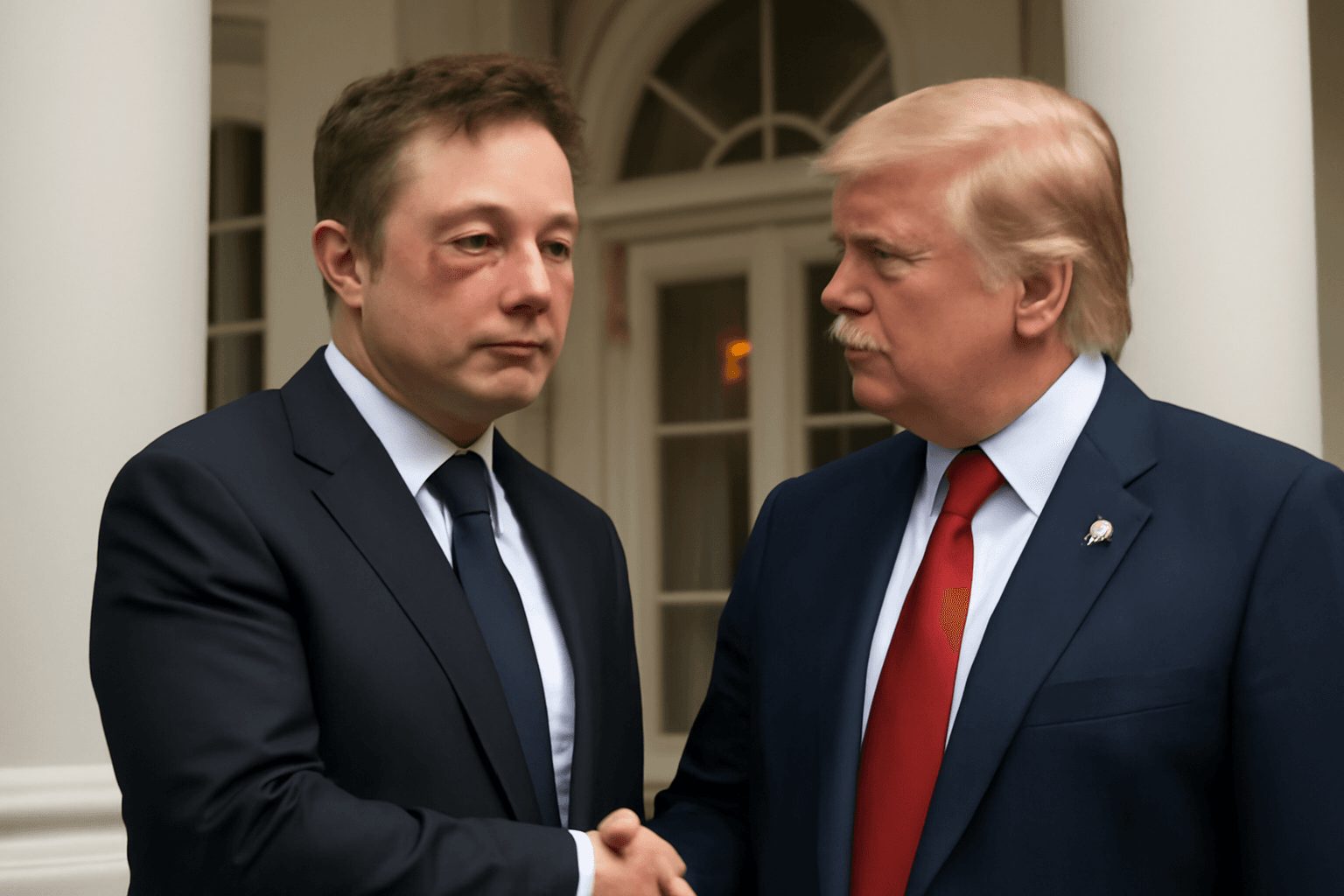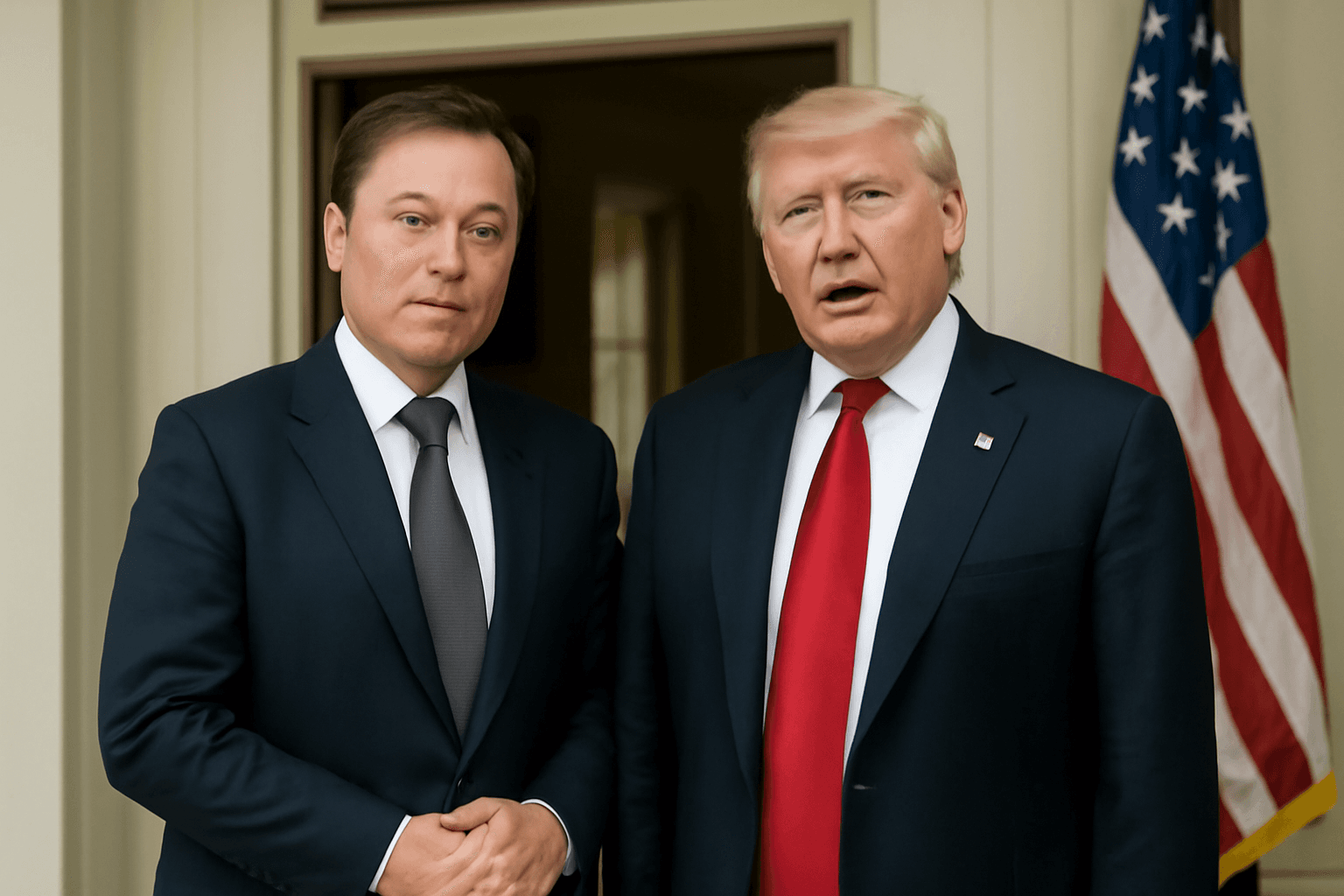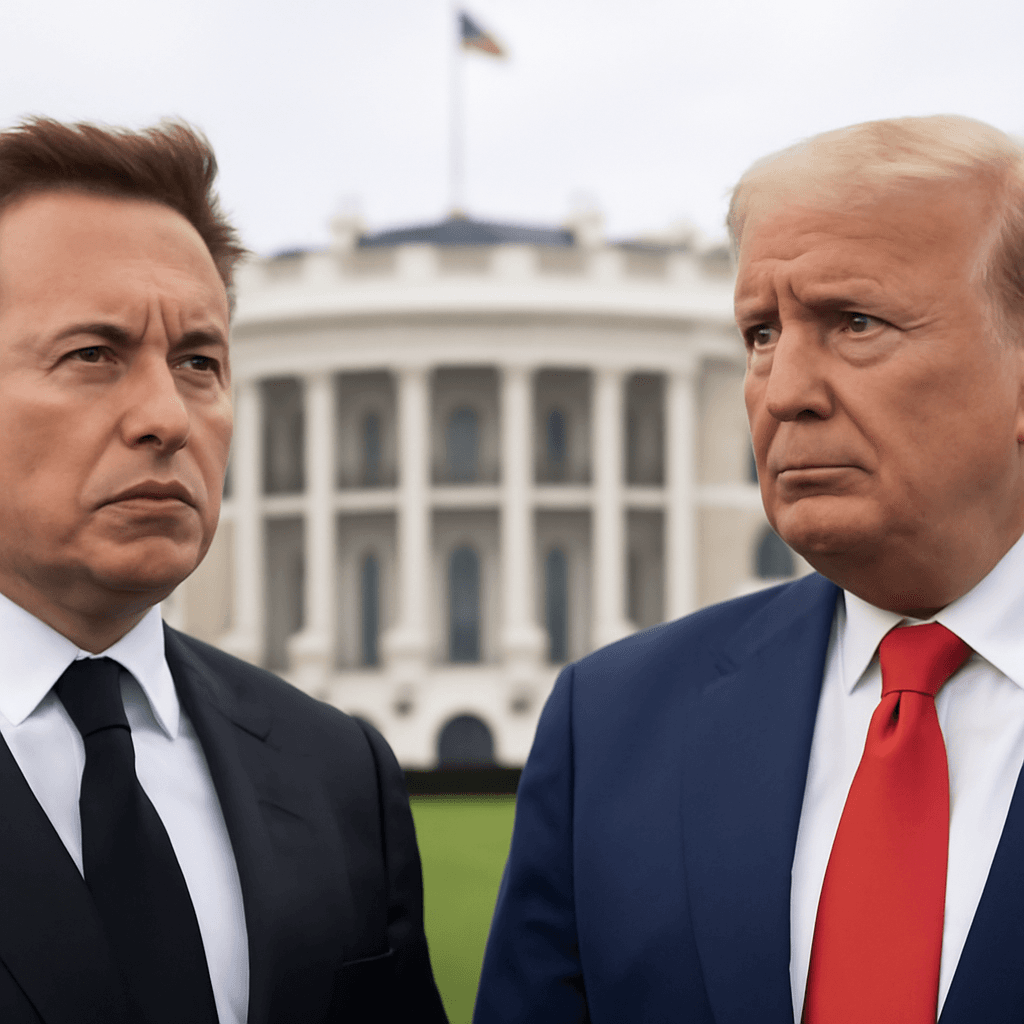Donald Trump's Unprecedented Return: A Year Marked by Controversy and Resilience
Just a year ago, Donald Trump defied political and historical norms by making a stunning return to the White House after a five-year absence—a period riddled with scandals, including two impeachments, a Capitol insurrection, and multiple indictments. His comeback was unlike anything American politics had seen since Grover Cleveland's nonconsecutive presidencies.
Trump’s trajectory during this period has been as dramatic as it is perplexing. From narrowly escaping assassination—an event that left a firefighter dead and resulted in an iconic, almost cinematic photograph of Trump boldly unfazed—to reigniting divisive national debates, his year has been a whirlwind of spectacle and policy upheaval.
A Near-Fatal Incident and the Birth of American Political Mythology
In July 2024, an assassination attempt against Trump dramatically altered the political landscape. A bullet grazed his ear, while tragically killing a firefighter standing behind him. The widely circulated photograph, showing Trump with a raised fist and a blood trail, became emblematic—not just of his resilience but of the polarized American narrative itself. In his words, “Usually you have to die to have an iconic picture, but I didn’t. So, it’s even more iconic.” The image has since taken on almost mythic status, blending Hollywood heroism with the realities of modern political unrest.
Political Maneuvering Amidst Chaos: A Staff and Policy Review
Unlike his previous term, Trump surrounded himself with fervent loyalists, whose unquestioning allegiance has shaped a governance style marked by echo-chamber decision-making. The administration witnessed an unusual cast of characters, including an Education Secretary who famously confused artificial intelligence with steak sauce, and a Homeland Security Chief criticized for lax personal security. These appointments reflected a broader trend of cronyism and ideological rigidity that many analysts argue have undermined institutional effectiveness.
Policy Flashpoints and International Relations
- Trade and Economy: An ill-conceived reverse tariff policy threatened to destabilize global markets, raising fears of recession and drawing parallels to geopolitical missteps of the past.
- Immigration Enforcement: Policies became increasingly aggressive, turning major U.S. cities into contested zones with rampant detentions, sometimes targeting individuals based on tattoos—an approach that has been widely criticized as arbitrary and discriminatory.
- Education and Culture Wars: Battles against 'woke' policies have led to the dismantling of initiatives supporting marginalized communities, including banning transgender athletes from female sports and restricting bathroom access—policies that continue to provoke nationwide debate.
- Foreign Policy and Security: Allegiances shifted unpredictably. Trump received a gift plane from a nation historically an adversary, and his administration narrowly avoided conflicts that risked global escalation, bringing NATO to reinforce its position by dubiously dubbing him 'Daddy,' underscoring America’s role as the alliance’s primary financial backer.
Underreported Narratives and Critical Reflections
While headlines have focused on theatrics and conflict, less attention has been paid to how these developments have fractured not just the opposition but Trump’s own MAGA base, now split between unwavering loyalty and growing disillusionment. The dismantling of USAID—a key proxy for American soft power—signals a shift toward isolationism that jeopardizes long-term global influence and the promotion of democratic values worldwide.
Moreover, proposals such as releasing the Epstein List or reducing fiscal deficits have quietly slipped into oblivion, raising uncomfortable questions about campaign promises versus governance realities. The apparent decay of institutional checks and balances, alongside an emboldened executive surrounded by sycophants, challenges conventional assumptions about American democracy’s resilience.
A European Football Analogy: Chelsea and Trump
Interestingly, Trump's journey shares a curious parallel with Chelsea Football Club—a nouveau riche European team that strives to buy prestige but remains perched on fragile financial ground. Both Trump and Chelsea embody the story of rapid ascent fueled by wealth and brash confidence, yet both teeter on the edge of chaos. This analogy underscores the modern tension between old pedigree and new money, tradition and disruption.
Looking Ahead: What Does This Mean For America?
As Trump’s second term unfolds under these strained conditions, questions loom large: Can the fissures within his movement heal, or will the internal turmoil precipitate a leadership crisis? Will the administration’s policies, marked by populist bravado and erratic decision-making, diminish America's global standing over the long term? And how will the American electorate respond in the coming electoral cycles, given the blend of defiance, spectacle, and substantive challenges?
Editor’s Note
Trump’s turbulent year reveals the fragile balance between personality-driven politics and institutional integrity. His story is one of dramatic survival and relentless controversy, but also deeply consequential policy shifts that reverberate beyond election cycles. Readers should consider not only the headlines but also the broader implications for democracy, governance, and America’s place on the world stage. As the political landscape evolves, understanding these dynamics is crucial for anticipating the future of U.S. leadership and its global responsibilities.

